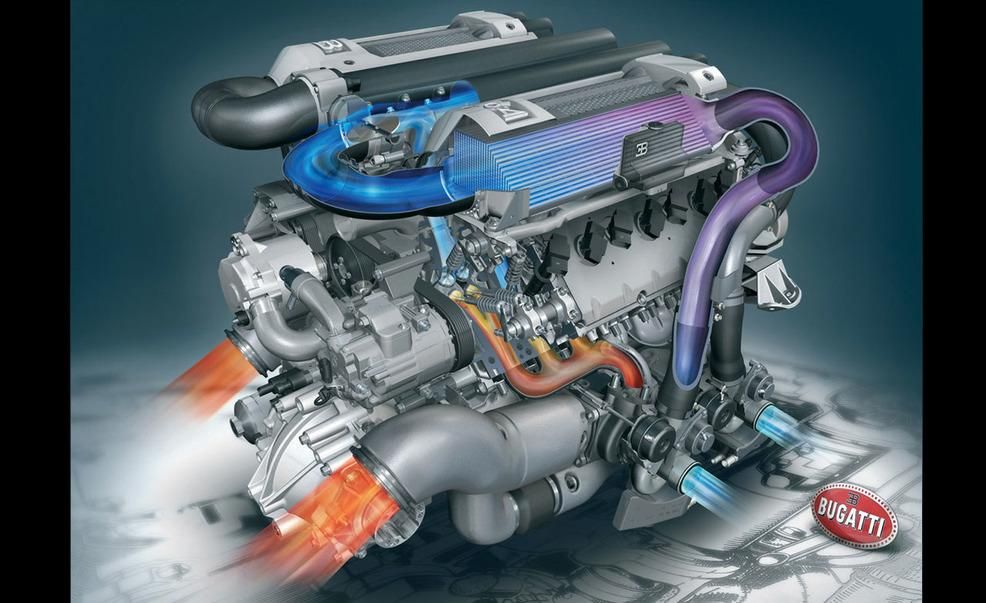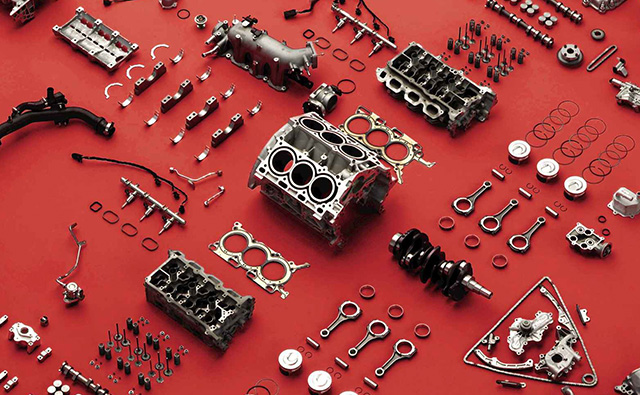Your Go-To Vehicle Parts Shop for Engines for Africa and More
The Pursuit for Ultimate Driving Power: Exploring the Pinnacle of Engine Performance and Technological Innovations in the Automotive Market
In the world of auto engineering, the pursuit of optimum driving power has been a ruthless quest that has unfolded through the evolution of engine style and the integration of sophisticated innovations. From the meticulous craftsmanship of burning engines to the rapid innovations in electric propulsion systems, the auto market stands at the cusp of a brand-new era defined by unmatched efficiency capacities. As designers and scientists dive much deeper right into the worlds of computational liquid dynamics and explore innovative gas innovations, the perspective of possibilities expands significantly. Keep tuned as we unravel the elaborate tapestry of technical advancements that are forming the future of vehicle power and performance.
Evolution of Engine Layout

Additionally, the assimilation of turbocharging and turbo charging technologies has transformed engine layout by increasing power without substantially enhancing engine size. These forced induction systems compress the intake air, allowing for even more fuel to be ignited, thus producing better power output from a smaller engine. This improvement has actually been especially crucial in enhancing the performance of smaller sized variation engines while maintaining fuel effectiveness standards.

Performance-Enhancing Gas Technologies
The application of innovative fuel innovations has substantially added to improving engine efficiency in contemporary automobiles. Biofuels, derived from eco-friendly resources like corn, algae, or sugarcane, deal boosted and minimized emissions engine performance. Additionally, gas ingredients and cleaning agents are being formulated to clean engine elements, maximize combustion, and decrease friction, thereby increasing total automobile performance.
Innovations in Electric Propulsion
Substantial strides in electrical propulsion modern technology have actually revolutionized the automotive sector, leading the way for a new era of sustainable and reliable transport. Electric automobiles (EVs) are getting popularity as a result of their environmental advantages and advancements in battery modern technology, making it possible for longer driving arrays and shorter charging times. Suppliers are spending heavily in study and development to enhance the performance of electrical propulsion systems, concentrating on boosting power output, boosting energy performance, and reducing general weight.
One noteworthy innovation in electric propulsion is the growth of advanced electrical motors that provide higher torque and power density, resulting in improved acceleration and general driving efficiency. In addition, regenerative stopping systems have been fine-tuned to keep and capture energy during deceleration, additional boosting the effectiveness of EVs.
Moreover, the integration of wise technologies, such as expert system and predictive analytics, is enhancing the administration of electrical propulsion systems, ensuring optimum efficiency under numerous driving problems. These innovations in electric propulsion are reshaping the auto landscape, driving the sector towards a more sustainable and electrified future.
Effect of Computational Fluid Characteristics
With developments in electric propulsion pushing the borders of vehicle modern technology, the combination of Computational Fluid Characteristics is playing a critical function in optimizing aerodynamic performance and improving general performance in vehicle style. Computational Liquid Dynamics (CFD) involves like it using computer simulations to evaluate the flow of air around a car, allowing designers to forecast exactly how style modifications will certainly influence the rules of aerodynamics without the need for expensive physical prototypes. By precisely modeling air flow patterns, CFD enables the refinement of lorry forms to reduce drag, enhance cooling, and boost stability.
One key benefit of making use of CFD in lorry design is the ability to repeat swiftly, exploring various design variants to recognize one of the most aerodynamically effective remedies. This iterative process results in lorries that are not only sleeker and much more visually attractive but likewise extra eco friendly and fuel-efficient. Furthermore, CFD makes it possible for designers to optimize air movement around parts such as radiators, engine bays, and wheel wells, adding to improved performance and total driving experience. Finally, the integration of Computational Fluid Characteristics stands for a considerable progression in the quest for utmost driving power and efficiency in the vehicle sector.
Future Patterns in Engine Development
In the dynamic landscape of auto design, advanced improvements are forming the future trajectory of engine technology. The future of engine layout is noted by a strong emphasis on effectiveness, sustainability, and efficiency. Producers are progressively concentrating on developing engines that not only deliver high power outputs yet likewise prioritize environmental obligation by improving and minimizing discharges fuel performance.
One famous pattern in engine advancement is the increase of electrification. Crossbreed and electric powertrains are gaining grip as sensible alternatives to standard combustion engines. These modern technologies offer the possibility for substantial decreases in carbon This Site exhausts and raised energy efficiency, see page lining up with global efforts to fight climate adjustment.
Additionally, innovations in materials scientific research and manufacturing techniques are allowing the manufacturing of lighter and extra resilient engine elements. This shift in the direction of light-weight products such as carbon fiber and light weight aluminum alloys contributes to improved efficiency and gas economic climate.
Final Thought
To conclude, the search of utmost driving power in the automotive field proceeds to drive advancements in engine layout, gas innovations, electrical propulsion, and computational liquid dynamics. The development of these innovations is forming the future of engine innovation, leading the way for much more efficient and effective vehicles (engines for africa). As the sector remains to press the borders of what is feasible, we can expect to see a lot more revolutionary developments in the mission for peak efficiency
One of the vital milestones in engine design advancement is the change from standard carbureted engines to modern-day fuel-injected systems. By precisely metering the gas distribution to each cyndrical tube, fuel-injected engines maximize combustion, resulting in far better performance and reduced ecological effect.
Additionally, the combination of turbocharging and turbo charging technologies has reinvented engine style by improving power without substantially increasing engine dimension (engines for africa).The application of advanced fuel technologies has considerably added to enhancing engine performance in modern vehicles. Furthermore, fuel additives and cleaning agents are being developed to clean engine elements, optimize burning, and reduce friction, thereby boosting total automobile efficiency